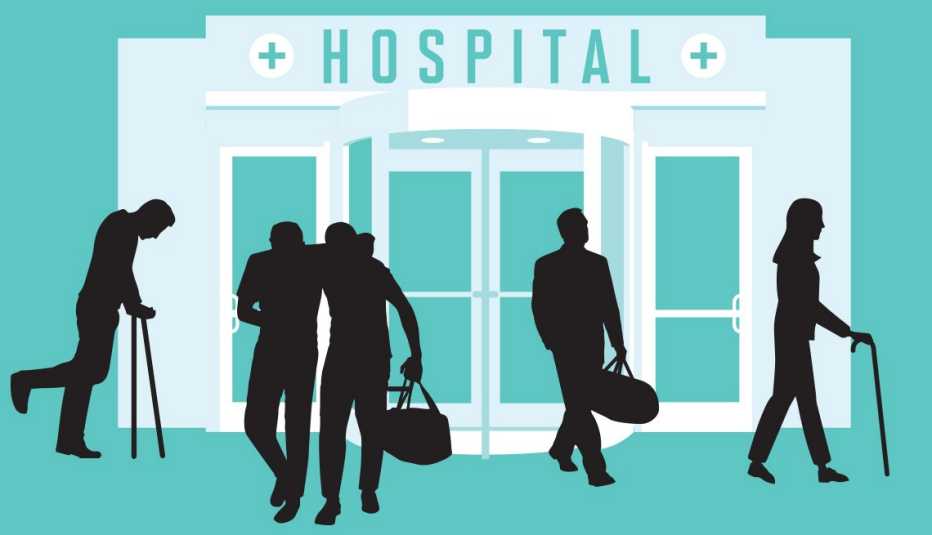Staying Fit


Walking into the emergency treatment room, I noticed two things: First, there were several family members circling defensively around a small figure on the bed. And second, they looked hostile.
Then I recognized the patient, a tiny older woman I had admitted to the hospital several weeks earlier for a badly broken wrist she'd sustained after she fell on her icy porch.


AARP Membership— $12 for your first year when you sign up for Automatic Renewal
Get instant access to members-only products and hundreds of discounts, a free second membership, and a subscription to AARP the Magazine.
I had fondly thought of her as “Ma,” as her family referred to her. Her liveliness and her kindly manner reminded me of my own mother, who, until a fall in her 90s, had also been sharp, active and living a full and independent life in her own home.
Emergency Room Tips:
- Understand that you may have to fight to get your loved one admitted to the hospital.
- Watch for physical and emotional changes: Frailty, worsening memory, fatigue and lack of appetite are common among patients who have recently visited the ER.
- Keep pushing for more care. Schedule a follow-up visit for shortly after the patient is discharged from the ER.
- Find the right specialists. Some hospitals now offer “acute care for elders” units with specialists on hand.
Ma smiled, recognizing me and remembering my name. Her greeting defrosted the family a little, but their doubts about her well-being soon became obvious:
"Ma was fine before the fall and admission, and now she's back."
Unspoken, but loud and clear, was: “Did someone do something wrong?”
The wrist was healing, but her chart said “Fever, Weak,” and she looked the part. I quickly diagnosed her with a significant urinary tract infection and dehydration. She would need to be admitted to the hospital again.
And regrettably, I needed to have a serious conversation with her family about post-hospital syndrome and the genuine possibility that Ma might never be the same.

































































More on health
Preparing a Person With Parkinson's for a Hospital Stay
Alerting medical staff to the disease and staying on medication is key
Stay Out of the Hospital with a Flu Shot
Timing and dosage can be key; here's what to ask forHospital Readmissions for Infections Too High Among Older Adults, Study Finds
Where patients recover may also affect whether they wind up back in the hospital